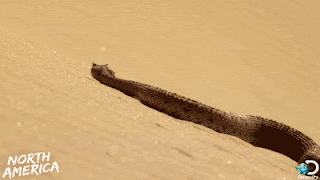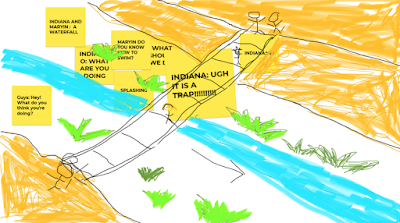I am hearing from some of my colleagues and friends at the graduate school level that they are finding it hard to secure placements for graduate students needing clinical practicum experiences this summer and fall. For many of us, what fall will look like is uncertain, everyone understands that. But I'd like to advance an idea: whatever it will look like, a graduate student will HELP YOU.
How?
-graduate students can help shoulder your clinical work (ASHA is recommending 25% supervision)
-freeing you for other aspects of your workload
-and likely bringing a comfort and creativity with technology you may not have, for whatever degree of teletherapy you may be doing
-while being willing to physically distance within or outside of your physical space
-and providing you with a collaborative relationship where this may not be as "happening" given whatever your work situation is
-last
and, and giving you a sense that you are
helping in a situation that needs an unprecedented amount of
helping.
Think you'll either be at home OR at school and only one of those situations involves teletherapy?
Take a look at this article (Boisvert & Hall, 2019) while it is free on ASHAWire and think more about workload management...and how a graduate student intern might fit into that.
I had a graduate student finishing up her Winter semester when COVID-19 hit Massachusetts. Continuing to have her "on" was immensely valuable for all of the above reasons. Summer semester rolled around and I took on another, and ditto.
Over the next several posts I'd like to share some examples of work graduate students have done during this crisis, with the goal of convincing you:
-to please reconsider if you said "no" to a graduate student for the upcoming semester
-to reach out to your local college and grad programs to see if you can be of help in providing clinical experiences
Otherwise all this stalls. And with efforts to increase diversity within our field ongoing, we all need to be part of that solution, too.
Kevin Buonanni, in his last semester at Emerson College in Boston, has done an excellent job co-running my social cognition groups (on Zoom) with me from May-June. Kevin brought a gaming expertise that I don't have, and has suggested many resources and approaches. I have a group that has had an Indiana Jones/archaeology/digging/earth/mindfulness theme and have long wanted to modify some Role-Playing Game (RPG) type activities with them but didn't know quite how. I recalled having some Indy RPG materials as a kid myself, though, and
found this resource of out-of-print games on
The Trove. As Kevin was progressing in his placement from duplicating activities he had seen me do to more independent planning, I asked him if he could take a look at those materials and plan an activity. I am SO glad I was not my usual control freak self and didn't say "Do ___." because what he came up with was so much better than what I envisioned.
Kevin used
Jamboard to make sketches that amounted to a storyboard of one of the scenes from the RPG, he then verbally communicated some narrative to the group members, offered choices for the way the story could go, and provided opportunities for them to contribute dialogue (conversation building) and sketches (collaborative play), for a great series of activities that will continue when the group reconvenes next week.
In the second case, placing a maze on the Jam slide and asking the boys to each "imagine" what would be at the center of the maze.
Please check out this flyer--and share-- on what a graduate student can do for you this Fall (created by Meghan Graham, Clinical Assistant Professor at Boston University).

















